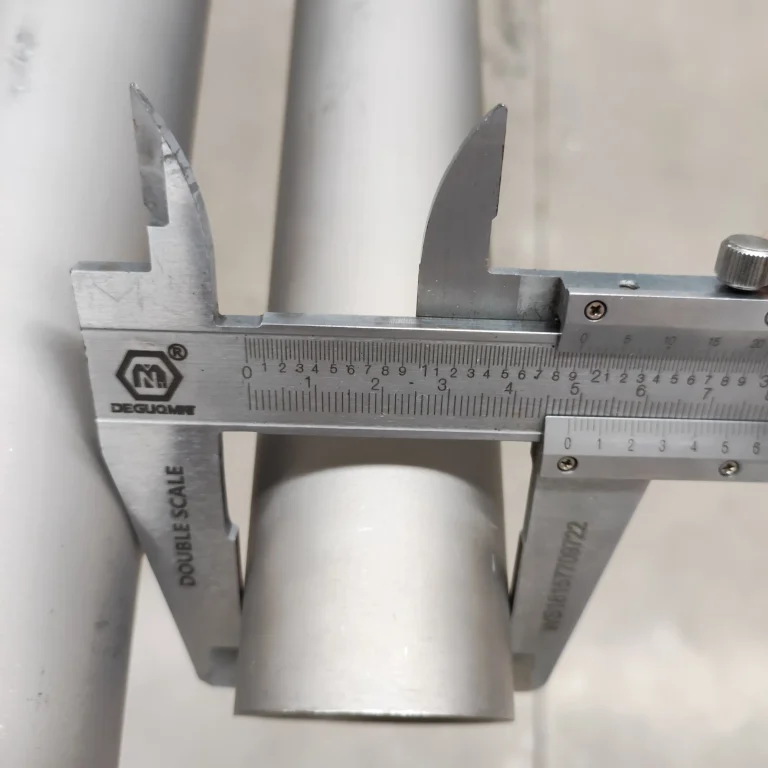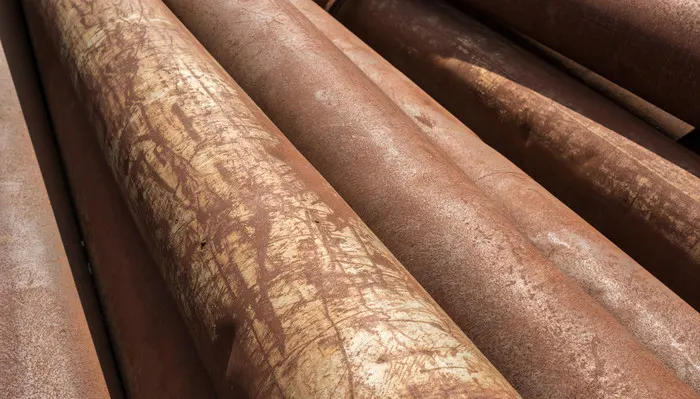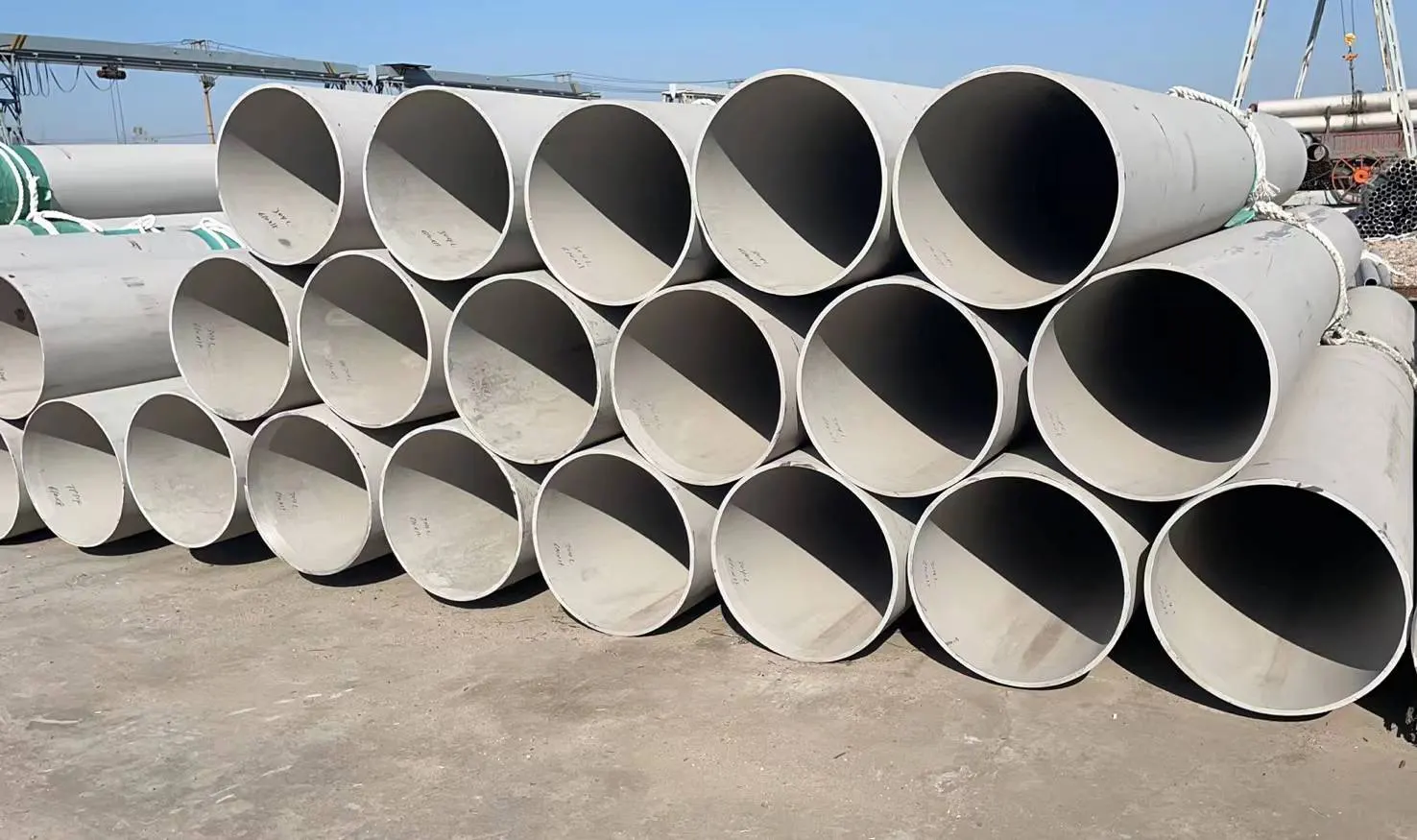Stainless steel metric tubing is a high-precision product used across many industries. This tubing is measured in exact millimeter dimensions. It is crucial for specialized stainless steel pipes and stainless steel pipe fittings. This material provides superior corrosion resistance. For those comparing materials, consider the differences between Steel And Stainless.
What is Stainless Steel Metric Tubing
Metric tubing is defined by its precise size. The size is specified by its outside diameter (OD) and wall thickness in millimeters (MM). This precision is vital for instrumentation lines. The tubing is often finished using specialized processes. Stainless steel metric tubing ensures high fluid flow and structural integrity.
Tubing vs. Pipe: Key Distinctions
Pipe size is measured by Nominal Pipe Size (NPS). Tubing size is measured by the exact outer diameter (OD).
Tubing walls are usually thinner than pipe walls. Pipe focuses on volume transport. Tubing focuses on structural integrity and precision.
What We Do
- Plate
- Sheet
- Forgings
- Round Bar
- Flange
- Pipes
- Fittings
- Customized
Contact Us For More Information
Stainless Steel Metric Tubing Advantages
The manufacturing precision of tubing is subject to exceptionally stringent requirements. This level of accuracy is paramount for instrumentation, ensuring the reliability and repeatability of connections.
Pipe materials typically feature smooth, clean inner surfaces.This smooth finish facilitates efficient fluid flow and prevents the build-up of deposits within sanitary systems.
Thinner wall thickness facilitates bending and forming, thereby simplifying on-site installation procedures and reducing the requirement for numerous welded pipe fittings.
The material resists many corrosive agents. Grades like 316 are ideal for harsh environments. This ensures long-term system integrity.
Stainless Steel Metric Tubing Disadvantages
Precision manufacturing processes increase costs. Specialised equipment and tools are required, making it more expensive than standard piping.
Thinner walls will limit pressure-bearing capacity, hence precise pressure calculations must be undertaken. This represents a trade-off between precision and load-bearing capability.
Tubing is available in a smaller range of sizes. This limits its use in large-volume transfer. Pipe is necessary for large fluid transport.
Standard threaded pipe fittings are unsuitable. Tubing needs compression or specialized sanitary fittings. This requires specific component stock.
Grades, Processes, and Features
| Grade | Process | Advantage | Disadvantage |
|---|---|---|---|
| 304 | Seamless | High strength | Lower corrosion resistance |
| 316 | Welded | Cost savings | Weld seam |
| 316L | Cold Drawing | Tight tolerance | Higher cost |
| 2205 | Cold Rolling | High strength | Difficult processing |
| 304 | Hot Rolling | Low cost | Rougher finish |
Dimensional Comparison
| Dimension | Tubing | Pipe |
|---|---|---|
| Size Basis | OD exact | Nominal size |
| Wall Thickness | Exact, thinner | Schedule |
| Use | Precision | Volume |
Common Stainless Steel Metric Tubing Sizes
| OD (mm) | Wall (mm) | Approx. Use |
|---|---|---|
| 6 | 1.0 | Instrument lines |
| 10 | 1.5 | Hydraulic control |
| 25 | 1.5 | Sanitary transfer |
| 50 | 2.0 | Process piping |
Applications of Stainless Steel Metric Tubing
- Instrumentation Piping:Tubing connects monitoring equipment to sensors.High-precision design ensures accurate readings,while material integrity safeguards signal integrity.
- Hydraulic and Pneumatic Systems:Thin-walled construction facilitates wiring and installation.Tubing withstands high pressures within compact piping networks,finding extensive application in automation.
- Sanitary Systems:Smooth inner walls inhibit bacterial growth.Stainless steel metric tubing meets stringent hygiene standards,proving essential for food and pharmaceutical industries.
- Component Manufacturing:Tubing can be cut and machined into fittings,while custom connectors may be fabricated from stainless steel round bars,delivering high-precision, premium-quality assemblies.
How Kaysuns Ensures the Quality of Stainless Steel Metric Tubing
- Non-Destructive Testing:Tubing often undergoes eddy current testing.This finds hidden defects and flaws.It ensures the structural integrity of the material.
- Dimensional Verification:Laser micrometers check OD and wall thickness.Ensureing adherence to tight metric tolerances.Accuracy is maintained throughout the process.
- Surface Inspection:A borescope may inspect the interior surface.This verifies the smoothness and cleanliness.
Contact Us
- RM901 No.22 Tangjiaqiao Road Wenzhou China
- +86 577 8551 1171
- [email protected]
- https://www.kaysuns.com/






